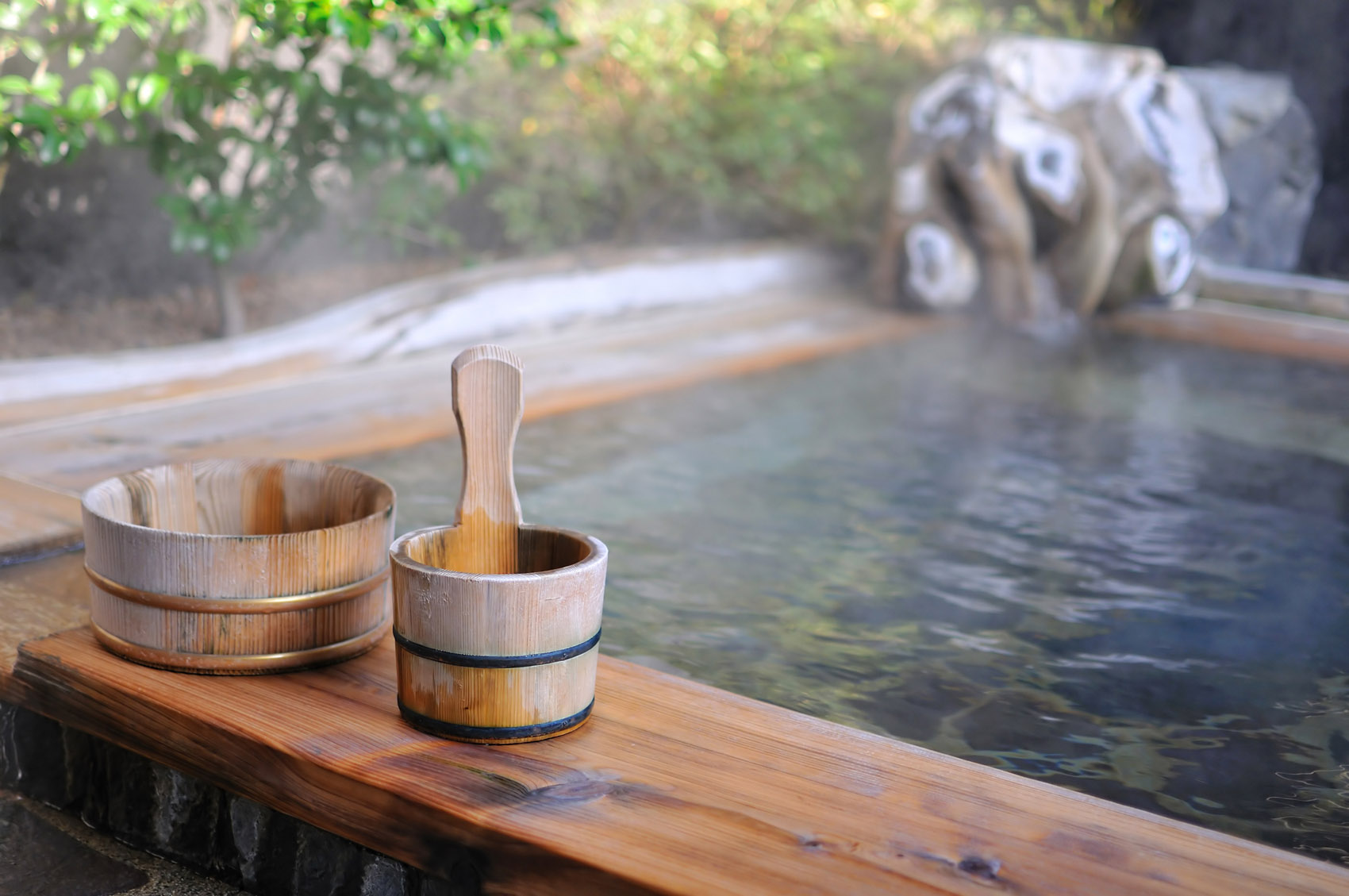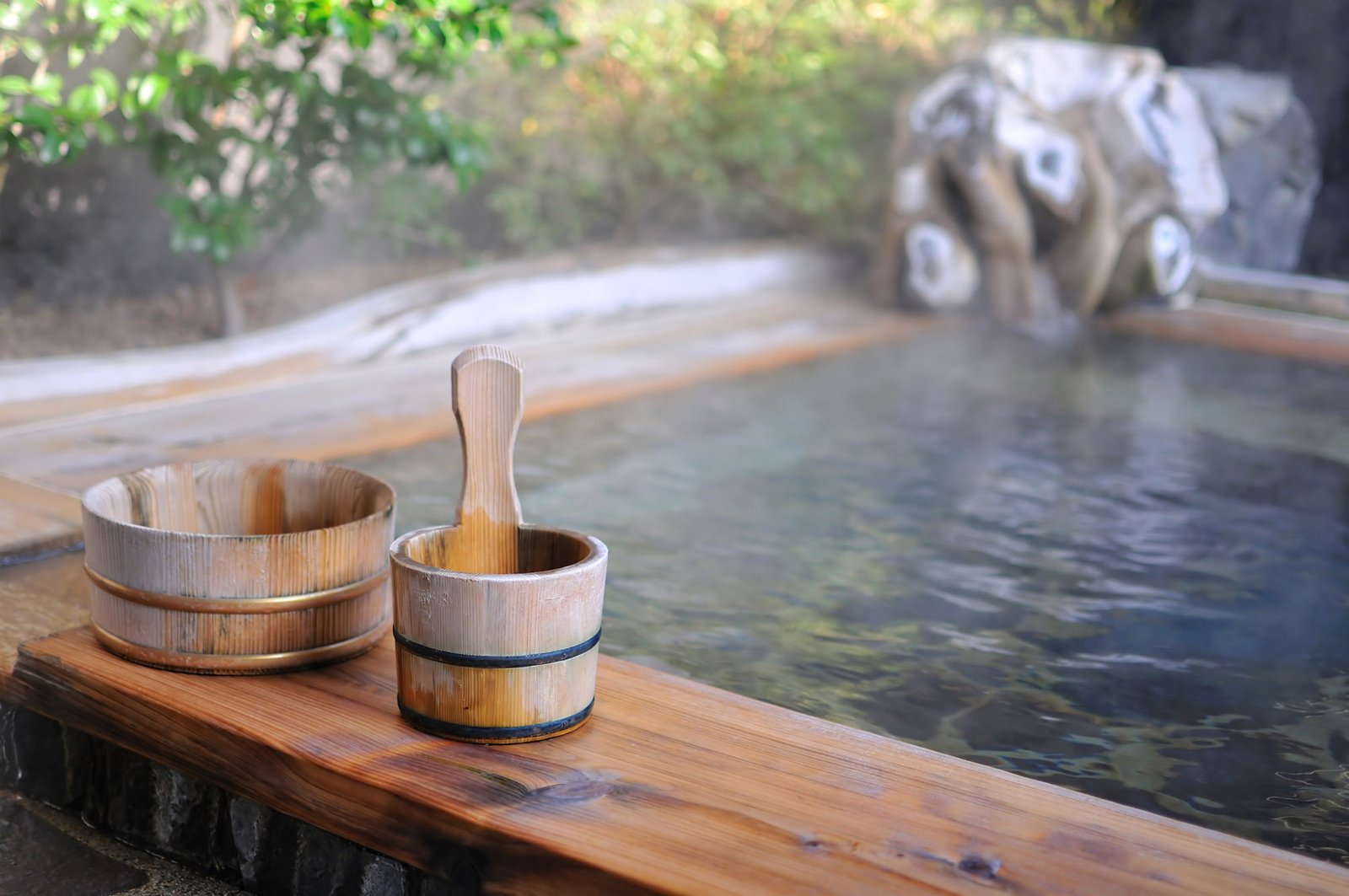Embark with us on a very Italian tour in search of beauty secrets and oriental relaxation techniques such as massages and hot baths. From the first tricolor ryokan at San Genesio in the Sibillini Mountains to the Japanese treatments of the Saturnia spa

First there was manga, then sushi, ikebana to kintsugi restoration and more. Japan is modern: how can you not be charmed by its elegance, substance and vision of the world so different from our own? An approach to life influenced by wabisabi philosophy. It originates from Buddhism and celebrates the search for beauty in the imperfections and variability of life. Even when it comes to human beauty. “For them it’s not about erasing flaws, but about maintaining an optimal state of health in which body and soul are in balance,” explains Simona Primavera (springtouch.it), specialist in Kobido, the Japanese anti-aging massage . So it’s not surprising that many of the activities are almost a form of meditation.
“A basic tenet of Buddhism is contemplation, a break from yourself, freeing the mind from the whirlwind of thoughts. This is why many wellness experiences call for silence, including spas and massages,” adds Serenella Giorgetti (wabisabiculture.org), who with her husband founded the first Italian ryokan in San Genesio in the Sibillini Mountains, i.e. the traditional inn of the Rising Sun with futons and a wellness area. Together the two experts lead us to discover the most interesting and rewarding techniques of the Rising Sun.
The revitalizing massage
The Japanese are famous for Shiatsu, but the most delicious treatment is Kobido, the traditional anti-wrinkle massage. “An ancient art that dates back to 1472 and which for centuries remained exclusive to empresses and high aristocracy. They treat only the face, neck and décolleté, but in fact the rest of the body also benefits, because stress points are highlighted. acupuncture and the meridians of Chinese medicine,” says Simonetta Primavera.
“I work on the muscles and the lymphatic system at the same time so that from the first treatment I get brighter, smoother and toned skin. Kobido is like a personal trainer that redefines facial contours, reduces wrinkles and promotes a deep sense of well-being throughout the body.”
The goal is not only to obtain an aesthetic result, but also rebalances the flow of vital energy, harmonizing the condition of the internal organs. “For me it was a revelation and even today it thrills me to think that I am the custodian of a tradition that has been handed down for 26 generations. Today the greatest expert is Shogo Mochizuki who teaches his art in a study path that includes 5 levels.’
There are many facilities in Italy that offer this type of treatment but, before booking, the expert recommends checking that the masseuse is certified by consulting the official list on the kobido.com website.
Hydrating water
The other cornerstone of Japanese prosperity is immersion, almost always naked, in boiling water.
“The relaxing warm bath is called ofuro. The bathtub must be made of inoki wood, an Asian conifer that when in contact with water releases soothing and moisturizing essential oils for the skin,” explains Giorgetti. “Immersed in boiling water you can watch the leaves fall or the snow fall because often only a glass window separates you from nature.”
The rotenburo instead it is the warm outdoor bath. You can get a taste of the Pontenoyu ryokan (pontenoyu.com) in the Tuscan hills near Pistoia, which combines oriental culture and Italian culinary tradition. There is a ritual that precedes the bath which can also end with a shiatsu massage.
The onsen finally there are the hot springs, because Japan is also very rich in thermal waters where the legendary rotenburos are made. Some local facilities combine thermal waters and Japanese treatments. For example, Saturnia spa (termedisaturnia.it) recently added massages such as kobido. They are also found in the thermal baths of Rimini (riminiterme.com) and in Umbria at Bagni Triponzo (bagnitriponzo.it) which has thermal water with a composition very similar to that of Japanese thermal baths.
The brightest parts made in Japan
If you want to experience the prosperity of the Rising Sun in its original form, you really need to get on the plane and go there. The most glamorous spas are his Genji no Yu (genji-yu.jp), near Kyoto, with modern and very refined architecture. Its waters are a panacea for tired skin and muscles according to Michelle Mackintosh, author with her husband of the guide Mindulness in Japan, which takes you to know all the practices and directions of Japanese well-being (publisher Giunti, 22 €). They are also worth a visit Saki No Yu (en.visitwakayama.jp), Japan’s oldest hot springs with natural pools on the coast, where seawater mixes with sulfur-rich thermal water. The most romantic are in the mountains, in Yamagata Prefecture. Here is Zao Dai rotenburo (japan.travel/it), an outdoor bath in turquoise pools of water, surrounded by a lime forest. The acidity of the water makes the skin shiny and smooth.
Ask our experts your question

